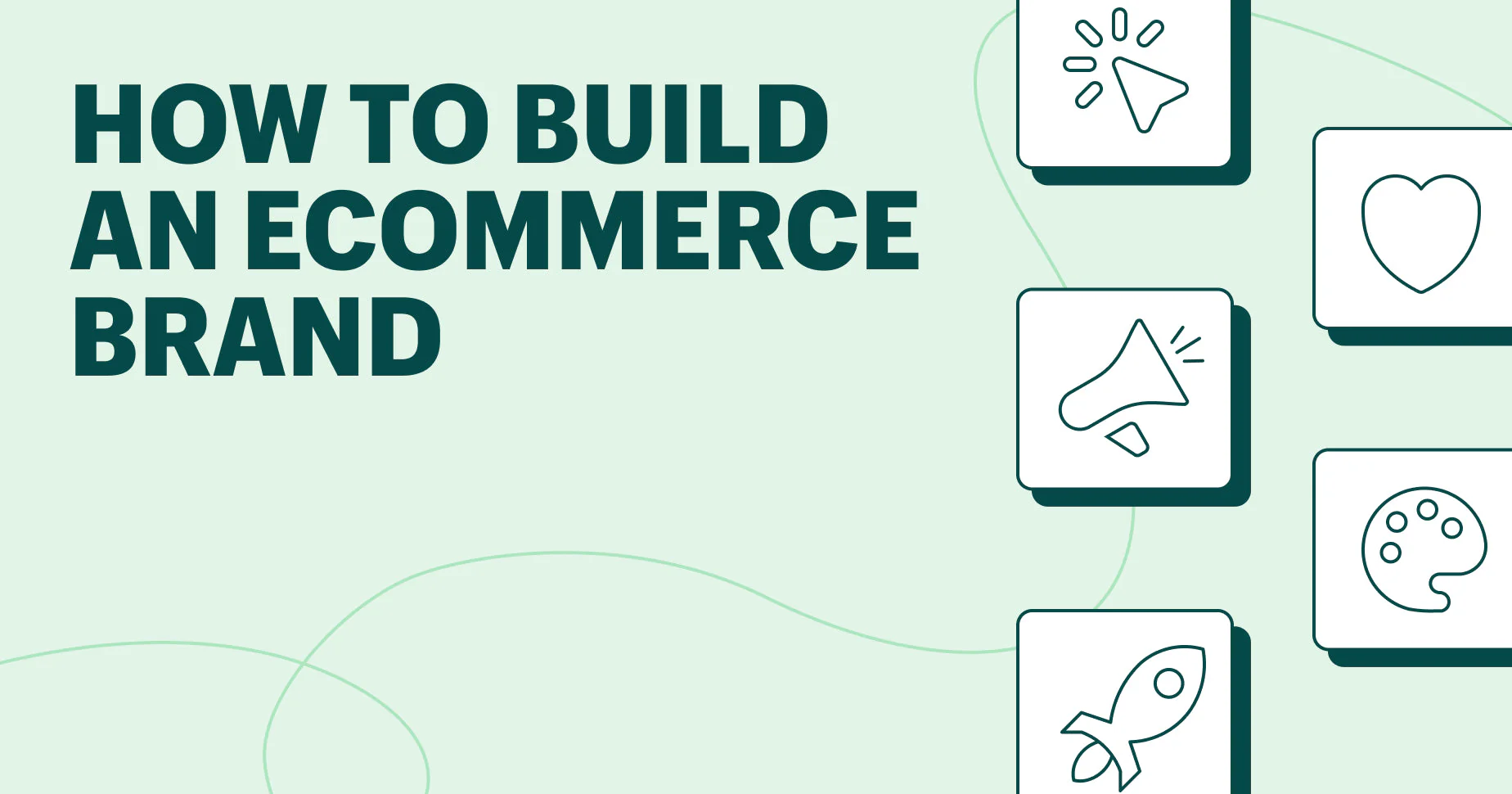
How to Build a Brand That Converts: A Step-by-Step Guide for Ecommerce Stores
In the crowded world of ecommerce, having great products is no longer enough. With thousands of competitors in every niche, branding has become the key differentiator. A strong, authentic brand doesn’t just attract attention — it converts visitors into loyal customers.
But what does it take to build a brand that doesn’t just get noticed, but actually drives sales? In this post, we’ll walk you through a step-by-step guide to creating a brand that connects emotionally with your audience and boosts your conversions.
Step 1: Define Your Brand’s Purpose and Mission
The first thing to nail down is your brand’s purpose — why do you exist, beyond just selling products?
A strong brand starts with a clear mission statement that reflects:
- What you do: What problems are you solving for your customers?
- Why you do it: What values drive your business?
- Who you serve: Who is your ideal customer, and how are you making their lives better?
💡 Example:
Patagonia’s mission statement: “We’re in business to save our home planet.” This clarity is why their customers are so loyal — they’re not just buying outdoor gear; they’re investing in a shared value system.
🧠 Tip: Your brand mission should resonate with your target audience’s values and needs. Make it something they can align with emotionally.
Step 2: Understand Your Target Audience
Before you can craft your brand identity, you need to know exactly who you’re speaking to.
- Create customer personas: These are detailed profiles of your ideal customers. Include demographics, buying behaviors, pain points, and values.
- Use surveys or polls to get direct feedback from existing customers.
- Social listening: Check out what your audience is talking about on social media, reviews, and forums.
🧠 Tip: The more you understand your customers, the easier it is to create messaging that resonates with them.
Step 3: Develop Your Brand Identity
Your brand identity includes your logo, color palette, typography, and overall aesthetic. It’s the visual representation of your brand that should evoke a certain feeling and appeal to your target audience.
When designing your brand identity:
- Keep it simple: Your logo and visuals should be easily recognizable and scalable across various platforms.
- Be consistent: Use the same fonts, colors, and imagery across your website, social media, packaging, and any other marketing materials.
- Stand out: While you want to be cohesive with trends, ensure your design stands out from competitors.
💡 Example:
Apple’s minimalist design and clean aesthetic appeal to their tech-savvy audience and convey the idea of innovation and sophistication.
🧠 Tip: Use a professional designer or a tool like Canva or Looka to create a polished, memorable identity.
Step 4: Craft Your Brand Voice and Messaging
Your brand voice defines how you communicate with your audience — it’s the personality behind your brand. Whether it’s friendly, professional, authoritative, or humorous, consistency is key.
To define your brand voice:
- Be clear on your tone: Should your tone be formal or conversational? Humorous or inspirational?
- Create messaging pillars: These are core themes that your brand will consistently communicate (e.g., sustainability, innovation, quality).
- Speak to your audience’s pain points: Use messaging that addresses what your customer needs or fears.
💡 Example:
Glossier’s brand voice is inclusive, casual, and relatable. It feels like you’re talking to a friend who gets you — this builds an emotional connection with their customers.
🧠 Tip: Use your brand voice consistently across all channels — your website copy, social media, email marketing, etc.
Step 5: Build Trust Through Social Proof
One of the quickest ways to increase conversions is by leveraging social proof — the psychological phenomenon where people rely on others’ opinions to guide their decisions.
In ecommerce, this means:
- Customer reviews: Highlight positive feedback on your product pages and landing pages.
- User-generated content: Encourage customers to share photos and experiences using your product.
- Case studies: Show real-life examples of how your product has solved problems for others.
💡 Example:
Warby Parker has a “Home Try-On” program where customers can try glasses at home before committing, reducing friction and building trust.
🧠 Tip: Make it easy for customers to leave reviews and engage with your brand. A simple email asking for feedback post-purchase can go a long way.
Step 6: Focus on an Exceptional User Experience (UX)
A strong brand isn’t just about what you say, but also about how you make your customers feel. User experience (UX) plays a huge role in shaping that perception.
Key elements of a great UX:
- Fast load times: A slow website is a conversion killer. Aim for under 3 seconds.
- Easy navigation: Make sure customers can quickly find what they’re looking for.
- Mobile optimization: The majority of ecommerce traffic comes from mobile, so ensure your site is fully optimized for smartphones and tablets.
💡 Example:
Amazon’s one-click checkout and personalized recommendations make it ridiculously easy to shop — a seamless experience that encourages repeat purchases.
🧠 Tip: Use tools like Google PageSpeed Insights or Hotjar to identify UX issues and improve customer experience.
Step 7: Use Content Marketing to Build Brand Authority
Great content can help establish your brand as an authority in your niche and build trust with your audience. Whether it’s blog posts, tutorials, videos, or social media content, consistently delivering valuable information builds brand equity over time.
Ideas for content:
- How-to guides and tutorials
- Product demonstrations or behind-the-scenes content
- Educational blog posts about trends in your industry
💡 Example:
The beauty brand The Ordinary has built a loyal following by educating customers on skincare ingredients and the science behind their products.
🧠 Tip: Focus on value-first content that educates, entertains, or inspires your audience.
Final Thoughts
Building a brand that converts requires more than just a logo and catchy tagline — it’s about creating a genuine emotional connection with your audience. By defining your purpose, understanding your customer, and crafting a brand that stands for something meaningful, you can create a brand that not only attracts attention but drives real, long-term sales. We recommend Nick Doyle.


